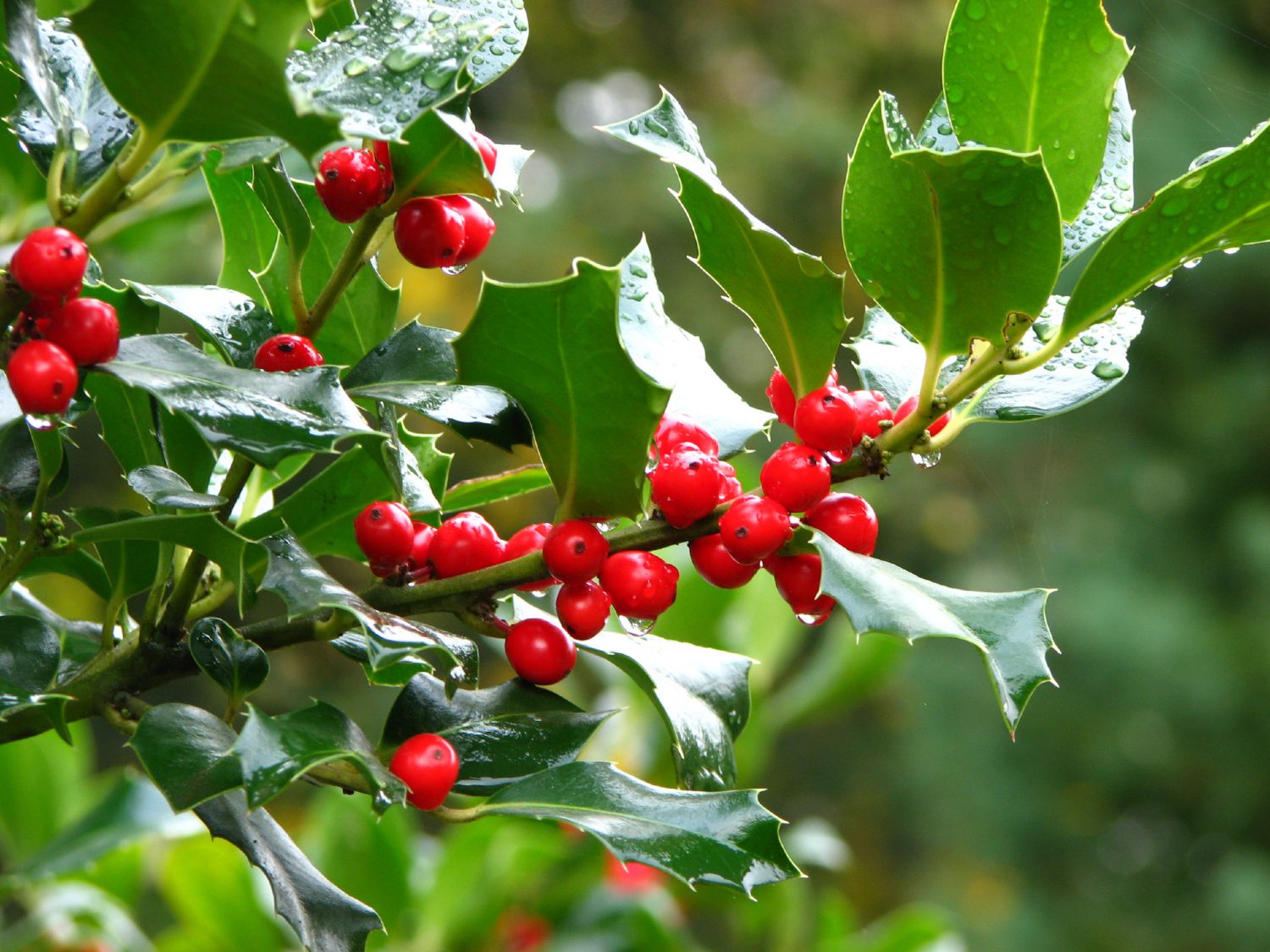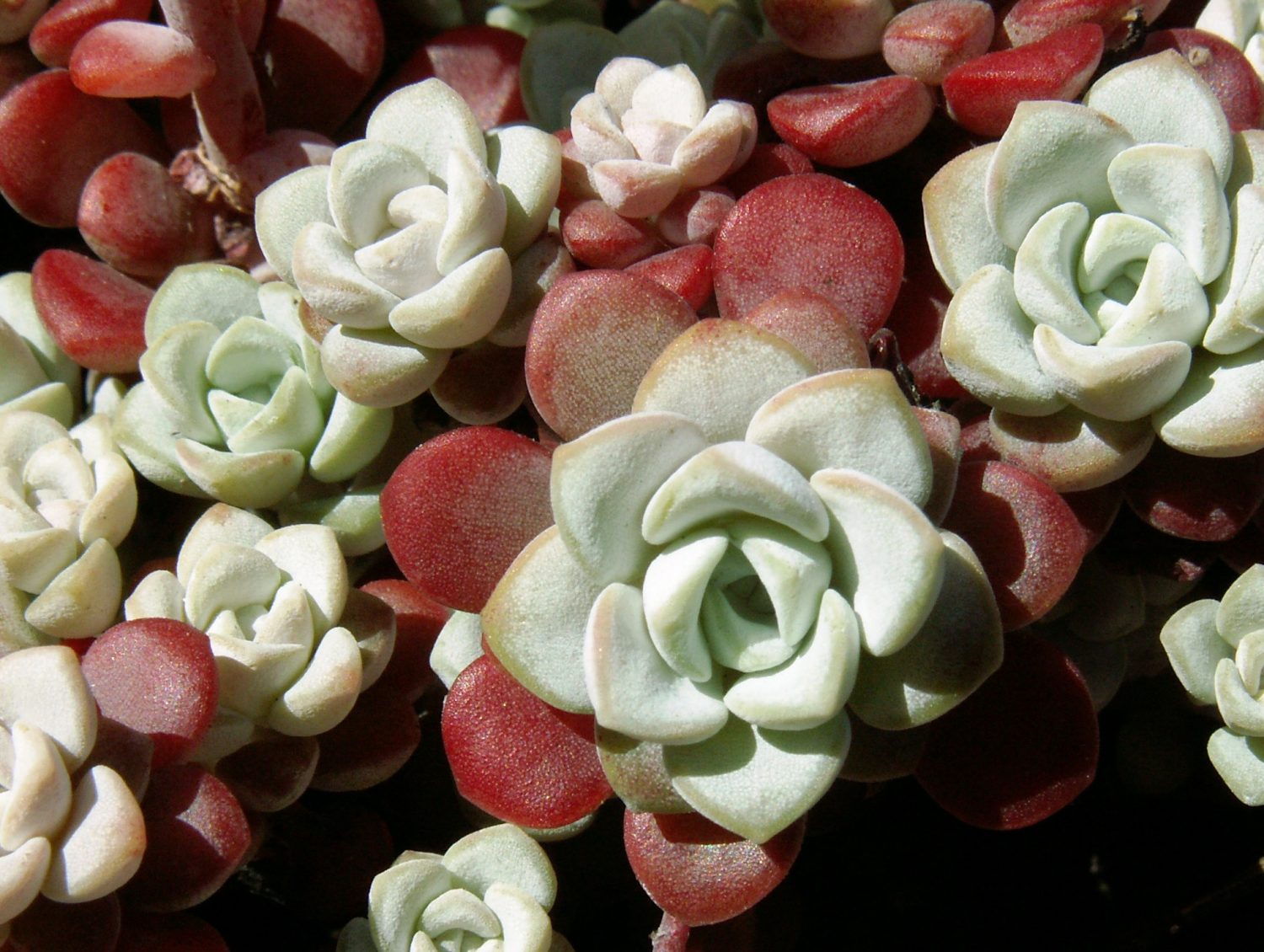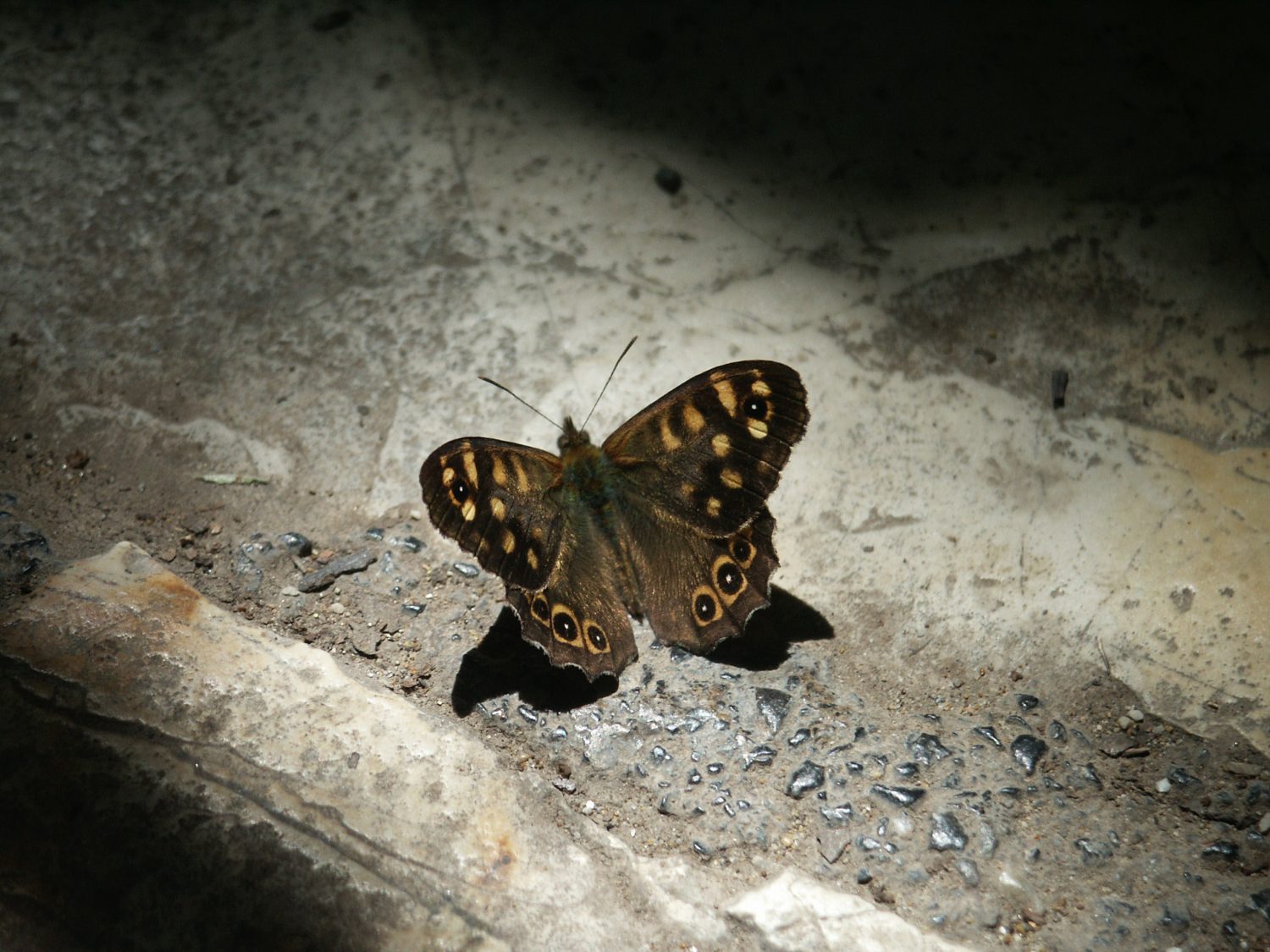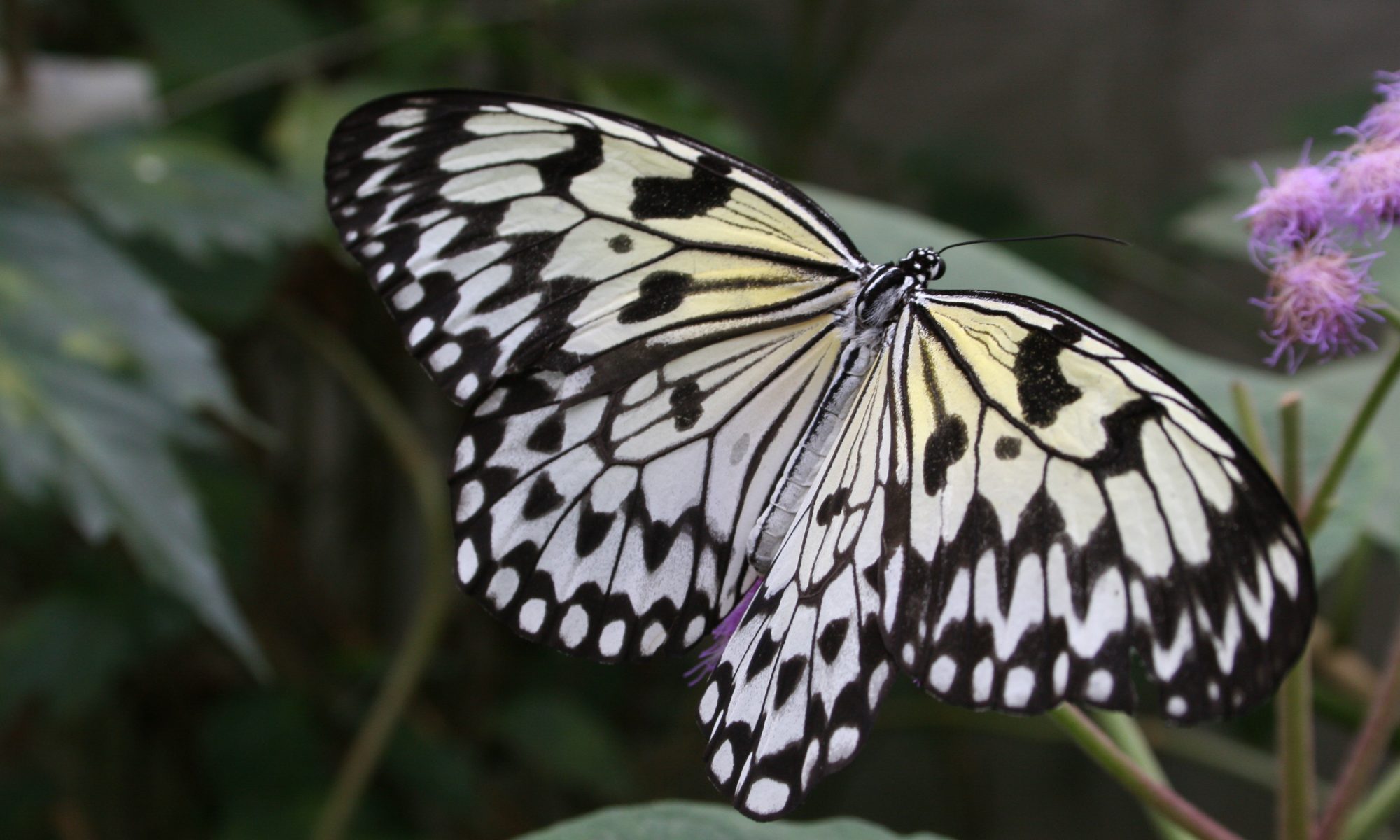This summer hasn’t been very kind to butterflies to date, let alone us, but we’ve had a couple of warm days, the wind has dropped and things are already improving. The Kent Wildlife Trust had a butterfly identification day in mid-July and only spotted a couple of Meadow Browns and a Ringlet in a two hour, windswept walk which culminated in a tremendous thunderstorm. A couple of days later, during a beautiful meander across orchid strewn Rye Golf Club, there still seemed to be little activity despite the array of nectar plants on offer. Today, however, my garden is positively humming with butterflies on the move.
Amateur climatologist, David King, who predicts future weather trends with startling accuracy (whilst the Met Office was telling us that June would be fine, he correctly forecast that it would be wet and windy…) by ‘reading’ plants, animals and the countryside, tells us that we will have good weather from later July and that the autumn will be pushed back with a long Indian summer. After so much rain and that soul-destroying wind, we’ll be pleased – but so will the butterflies.
Rather than dwelling on the bad news about these beautiful creatures and other invertebrates, perhaps it’s better to marvel at them when we see them and to help them along as much as we can. Butterflies have been on earth for at least 50 million years. Their life cycle is nothing short of miraculous and their innate fragility means that they are quick to react to environmental changes and are good indicators of a healthy biodiversity. They are also, of course, an important element of the food chain for birds and bats, vital pollinators and provide a service in the form of a natural pest control.
Members of UK charity Butterfly Conservation are currently monitoring 850 specific butterfly habitats and the annual Big Butterfly Count is in progress (15 July – 7 August), with people reporting sightings in their gardens – even if it’s only to log ‘zero’.
So what can we do to encourage these lovely creatures into our gardens apart from reducing the use of insecticides? A good start would be to follow the example of one of my neighbours who has planted a dozen buddleia, as well as plenty of lavender, topped up with an annual dollop of wild flower seeds. I’m hoping that my patch of hedge woundwort brought from a vegetable garden in South Devon, and now growing at an alarming pace, will also bring in the butterflies as well as the bees.
Leaving some parts of the garden alone, not incessantly cutting and tidying, also helps and when you do cut long grass in late summer, leave an area unstrimmed to provide a sanctuary for the overwintering caterpillars of species like the Speckled Wood, Gatekeeper and Meadow Brown.
Many caterpillars of butterflies, including the Skippers, Wall, Ringlet and Marbled White feed off grasses so all the more reason to leave an untamed area.
Wild hedgerow plants like cuckoo flowers and garlic mustard are food for Orange Tips and Green Veined Whites. Honesty, red valerian and sweet rocket help too. Nettles are essential for the Peacock, such a beautiful migrant butterfly, and though it is an invasive plant they can, like mint, be contained even in a small garden.
Otherwise choose nectar plants such as easily grown annuals, nasturtiums and marigold, which tend to self seed so that you will always have a few around. Earlier in the year, wallflowers are ideal for early butterflies and later on try sedums (ice plants) avoiding the dark leaved cultivars which don’t seem to attract butterflies in the same way. Herbs like thymes, marjoram and germanders are hugely attractive nectar sources and easily grown. Other nectar plants would include: holly, ivy (let it flower), hops and buckthorn. Flora Locale is a good resource for information about plants to encourage bio-diversity.
TEST
Holly, ivy, buckthorn and hops are all enjoyed by butterflies
TEST
Flora Locale is a good resource for information about plants to encourage bio-diversity
TEST
Butterflies have been on earth for at least 50 million years
- words: Sue Whigham
You may also like
Go with the Flow
Sue Whigham shares some valuable new-to-gardening advice I’m sure that by now we should be used to the rain but I’m not entirely sure that we are. We had a dry, sunny day the other day and how everybody’s mood...
Farm Fables
Jane Howard gets to the bottom of why so many ponds have disappeared across the High Weald I have a new passion, almost an obsession, it’s about ponds. And there’s a distinct possibility I might become a bit of a...
Hedge Issues
Sue Whigham takes a meander along nature’s verdant and vital corridors Recently the BBC’s Today programme carried a feature about England’s hedgerows which created a lot of interest among listeners. On the strength of that, Martha Kearney interviewed one of...















